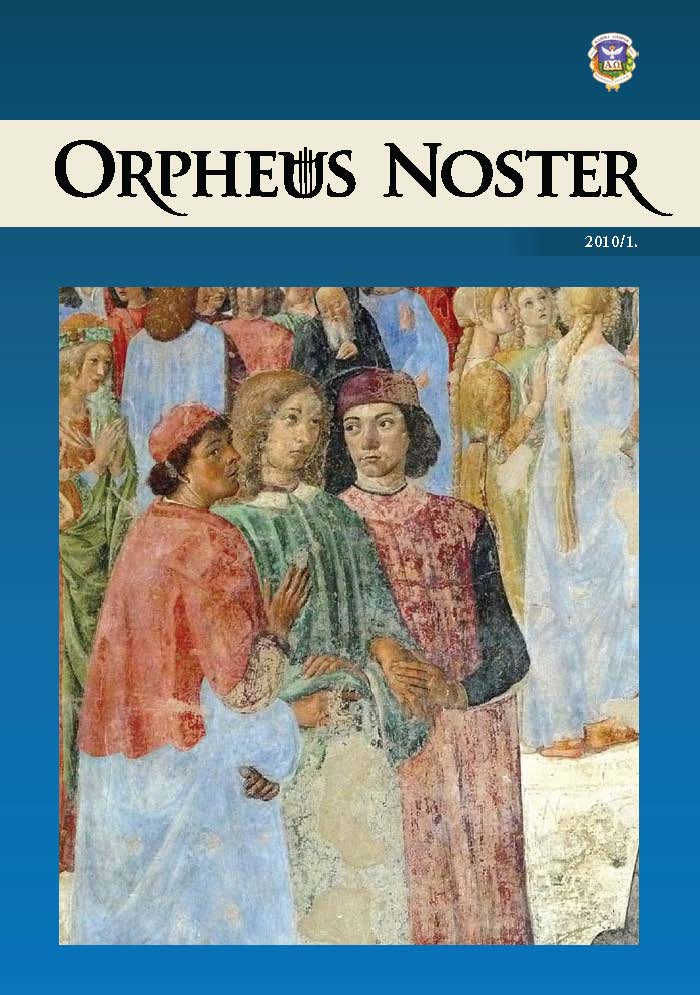Egy aknasír és ami benne van: egy másodlagos temetkezés története a thébai el-Hoha dombon
The Story of a Secondary Burial on Thebes el-Hoha Hill
Author(s): Bori NémethSubject(s): History, Archaeology, Ancient World, History of Religion
Published by: Károli Gáspár Református Egyetem
Keywords: Egypt; Hungarian Archaeological Mission; el-Khokha; Theban necropolis
Summary/Abstract: The present paper focuses on the secondary shaft tomb and its finds excavated in the season of 2006 on the southern side of el-Khokha hillock by the Hungarian Archaeological Mission led by Zoltán Imre Fábián.The tomb chamber was cut beneath the portico of the First Intermediate Period or Middle Kingdom Saff-1 tomb with a shaft leading to it. Judging by its finds and architectural circumstances, it can be dated to the Third Intermediate Period with later stages of Late Period usage as well. Apart from the mummified remains, the finds are comprised of wooden coffin fragments of 22nd and 25th–26th Dynasty dating; a shabti box (closest parallels with Aston’s VIIb type) containing 184 shabtis of plain clay with white slip, some with beards, and further wooden fragments from a supposed second shabti box and 34 shabtis; cartonnage case fragments of Taylor’s 2b type, and cartonnage mummy board fragments probably dating to the Ramesside Period; two limestone dummy canopic jars; two sets of gilded Sons-of-Horus amulets, one wooden and one of faience, the latter also includes a winged funerary scarab – these would imply bead nets of Silvano’s type A, which may be supported by the amount of faience tubular beads uncovered; a bead net (Silvano’s Bb type) with a beadworked winged funerary scarab and Sons-of-Horus figures made of small multicoloured disc beads also came to light; and five embalming pots, three of which are Clazomenian amphorae of eastern Greek origin dating to the 6th c. BC. The paper attempts to date the objects from the shaft tomb and thus the tomb itself, with a discussion of the life-span of a tomb in the Theban necropolis, from both ancient times and modern.
Journal: Orpheus Noster. A KRE Eszme-, Kultúr-, és Vallástörténeti Folyóirata
- Issue Year: II/2010
- Issue No: 1
- Page Range: 17-26
- Page Count: 10
- Language: Hungarian

